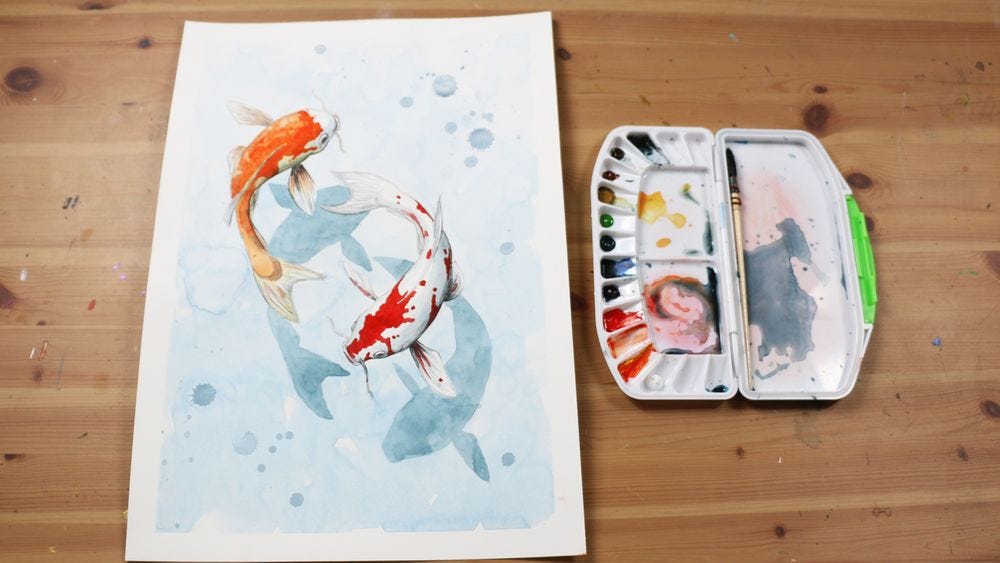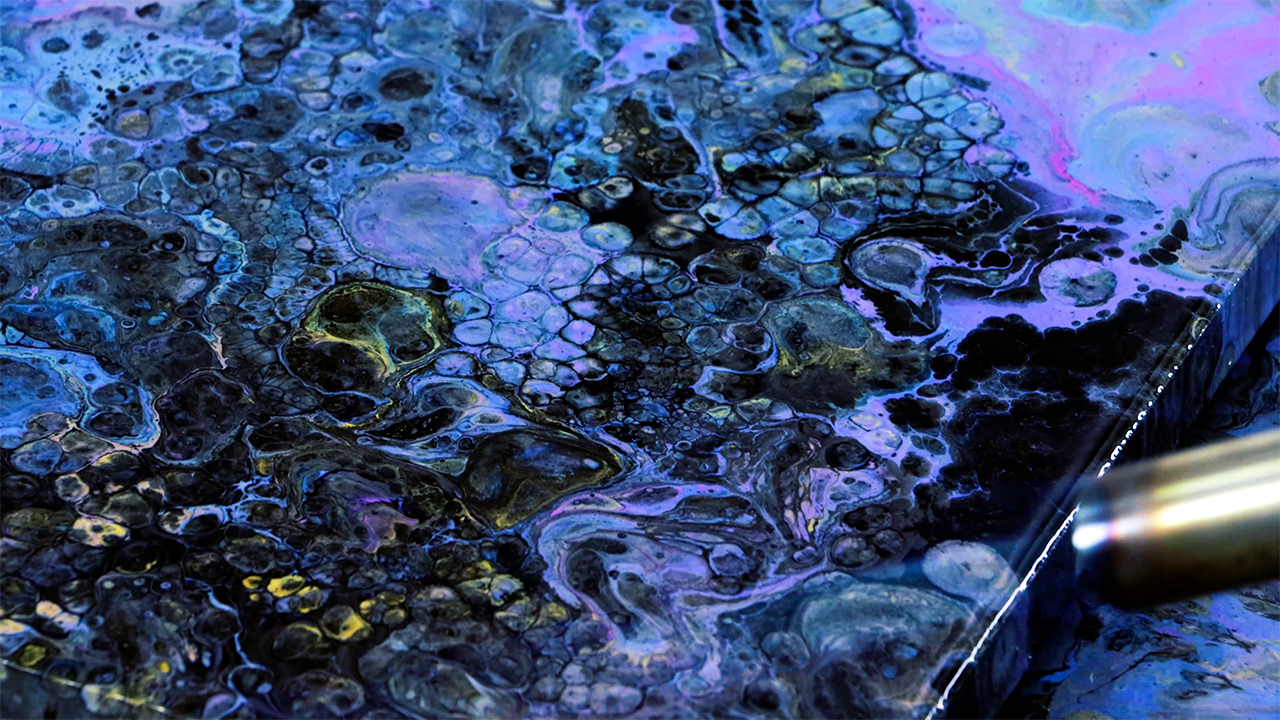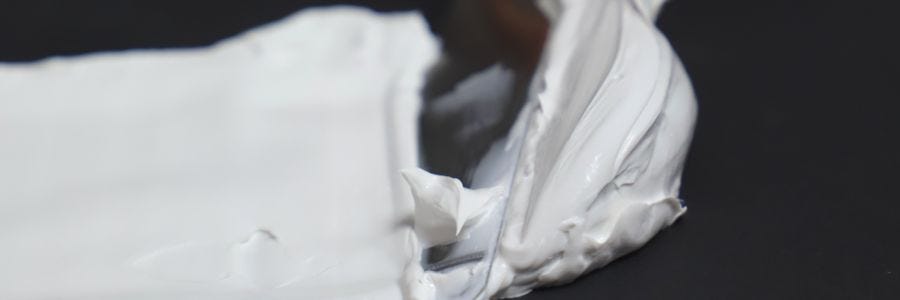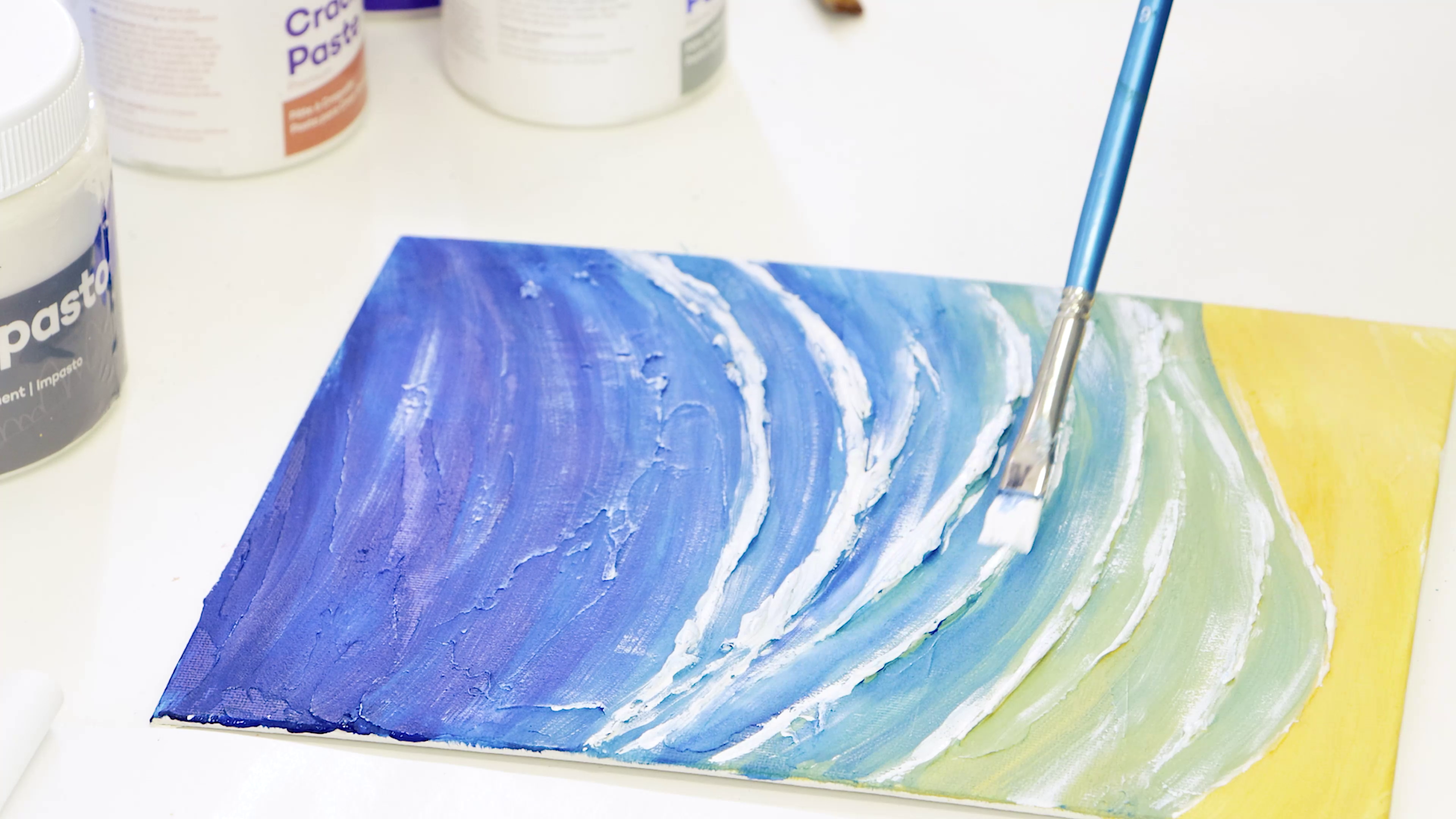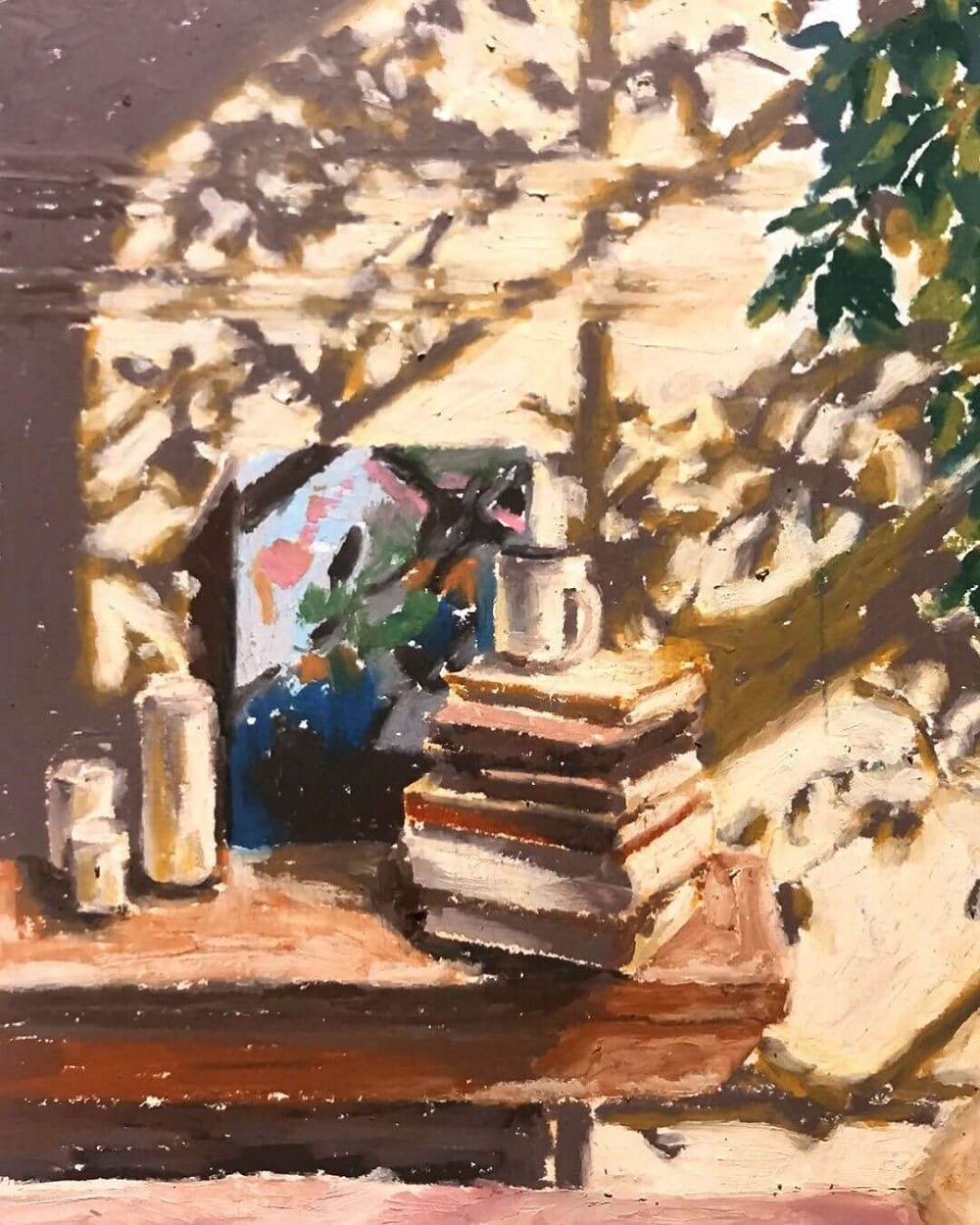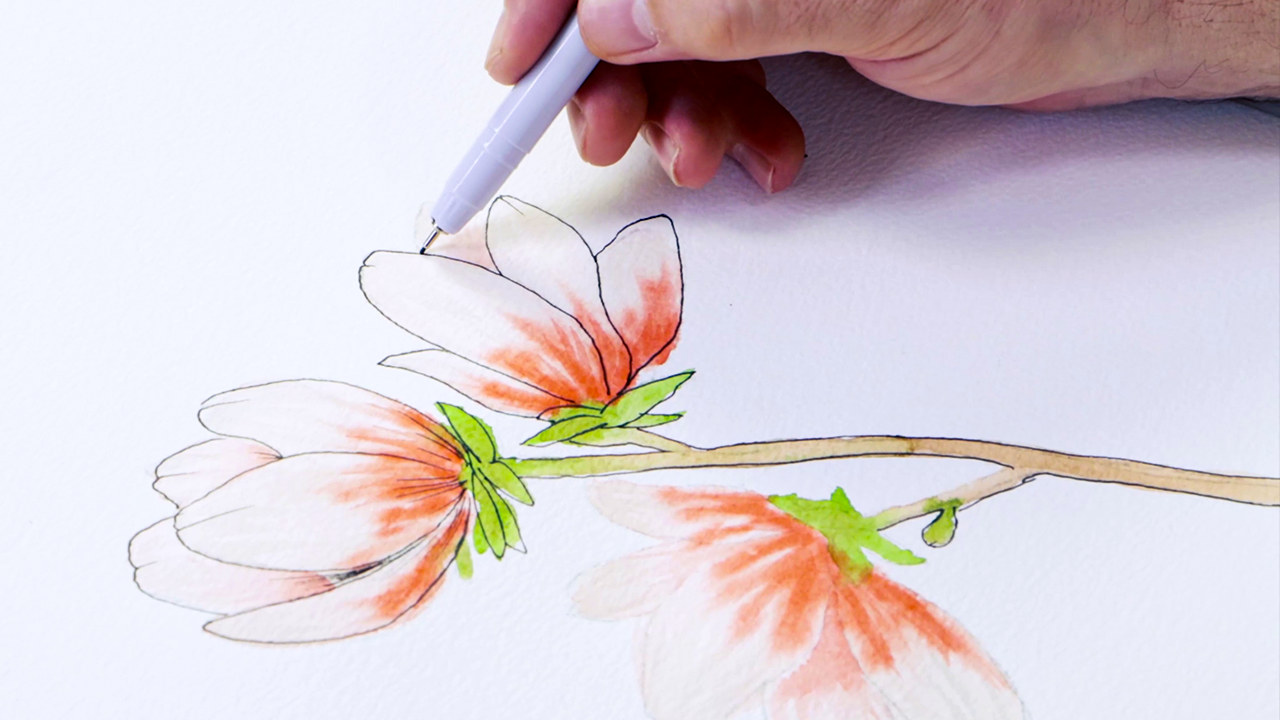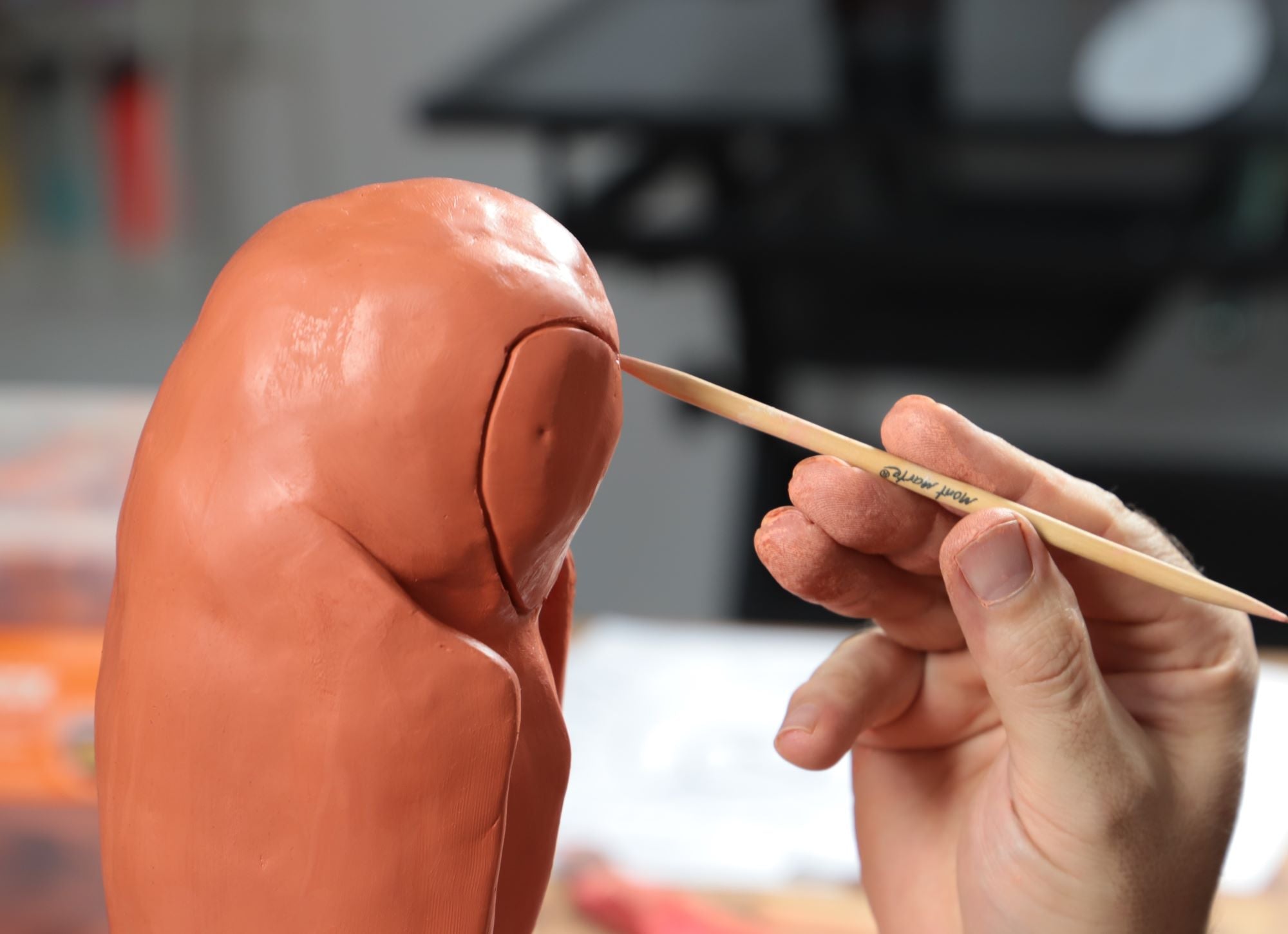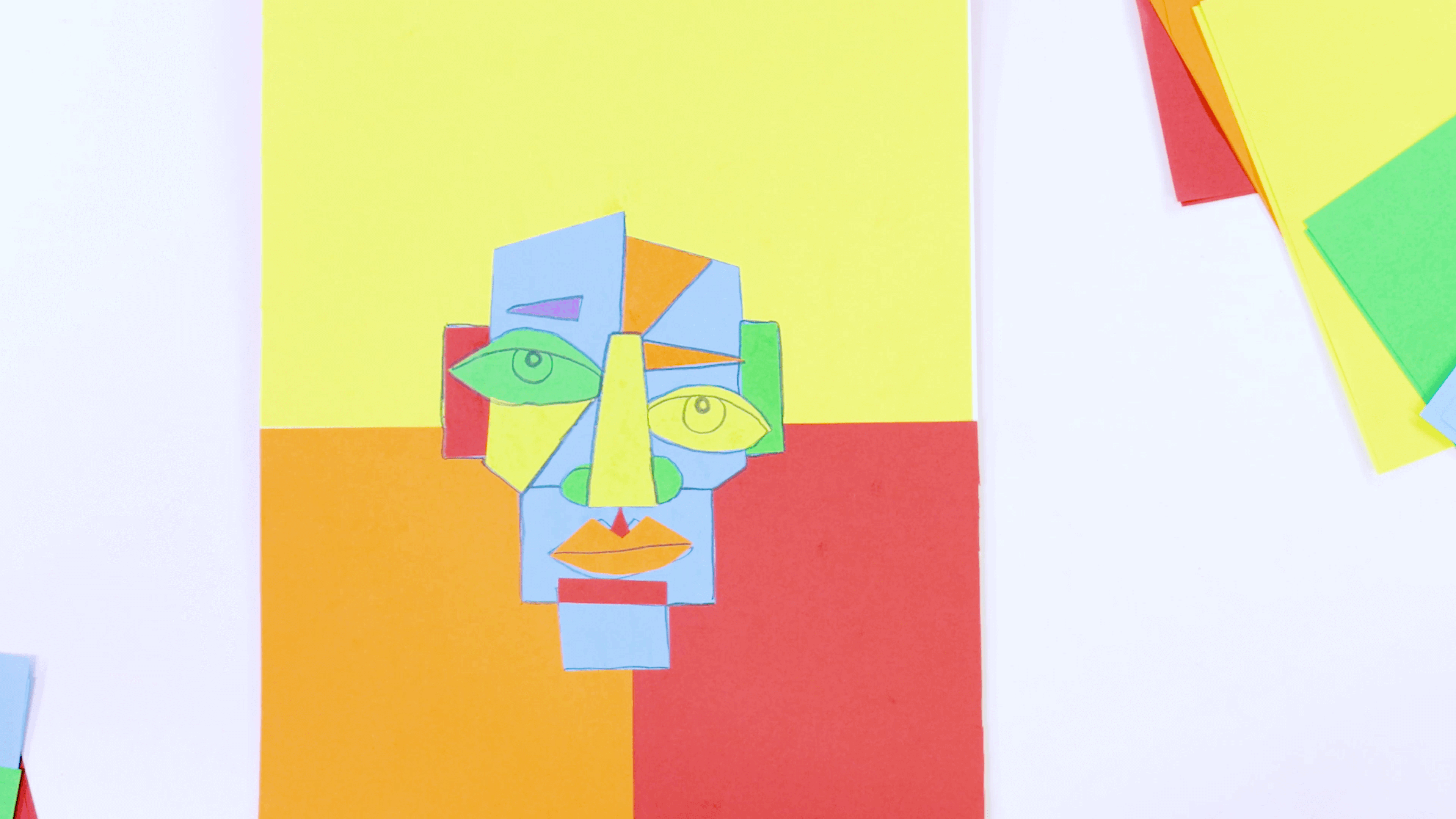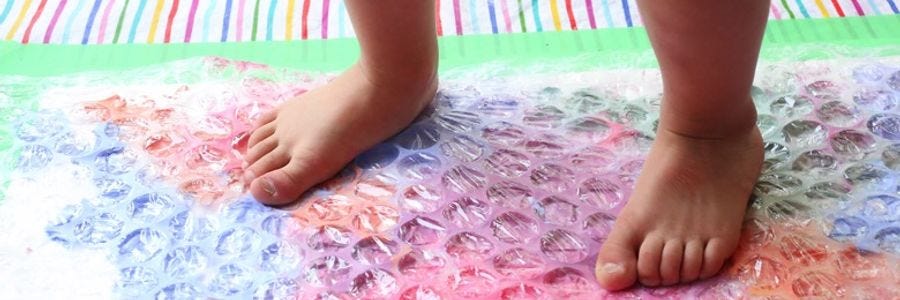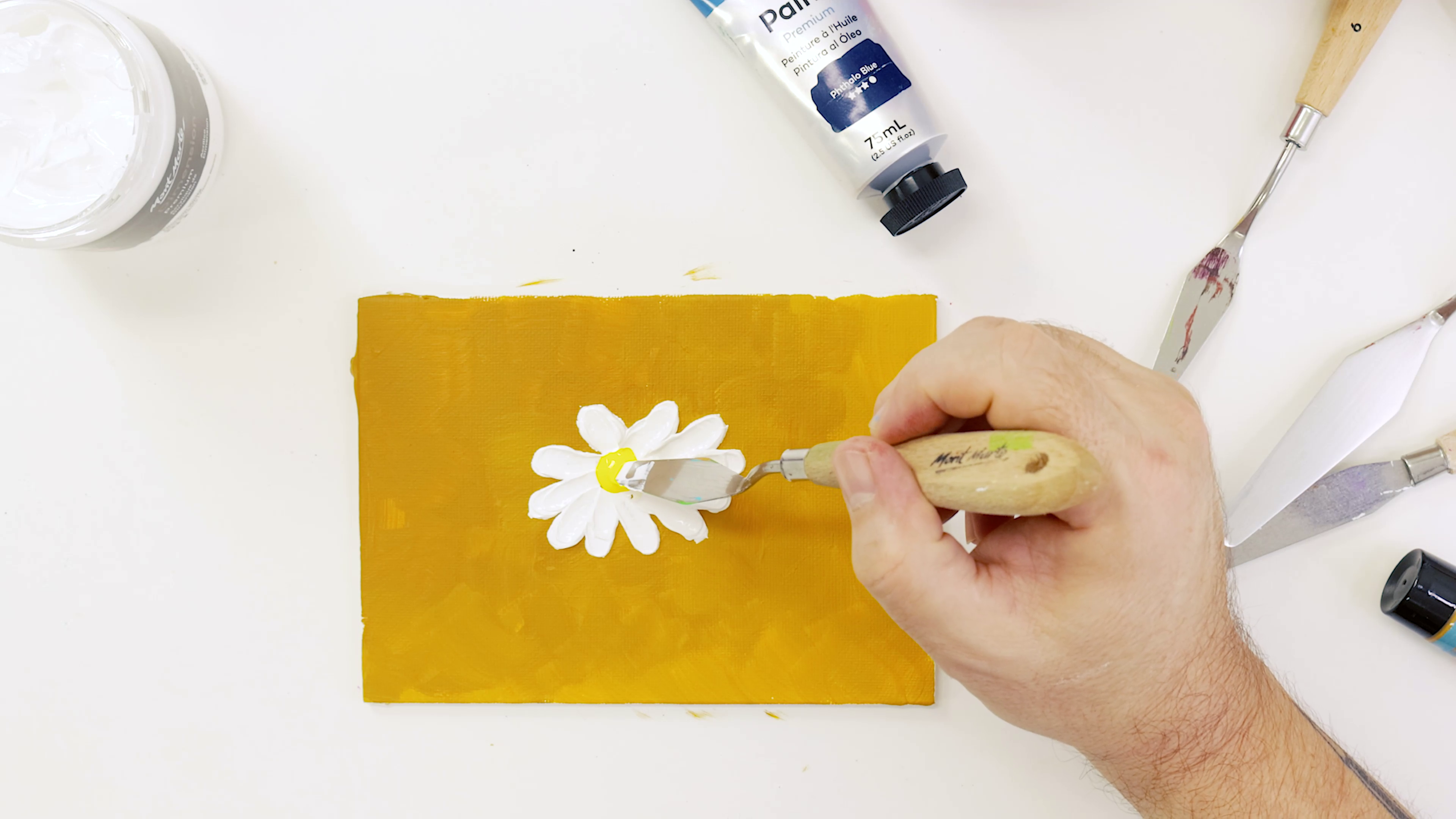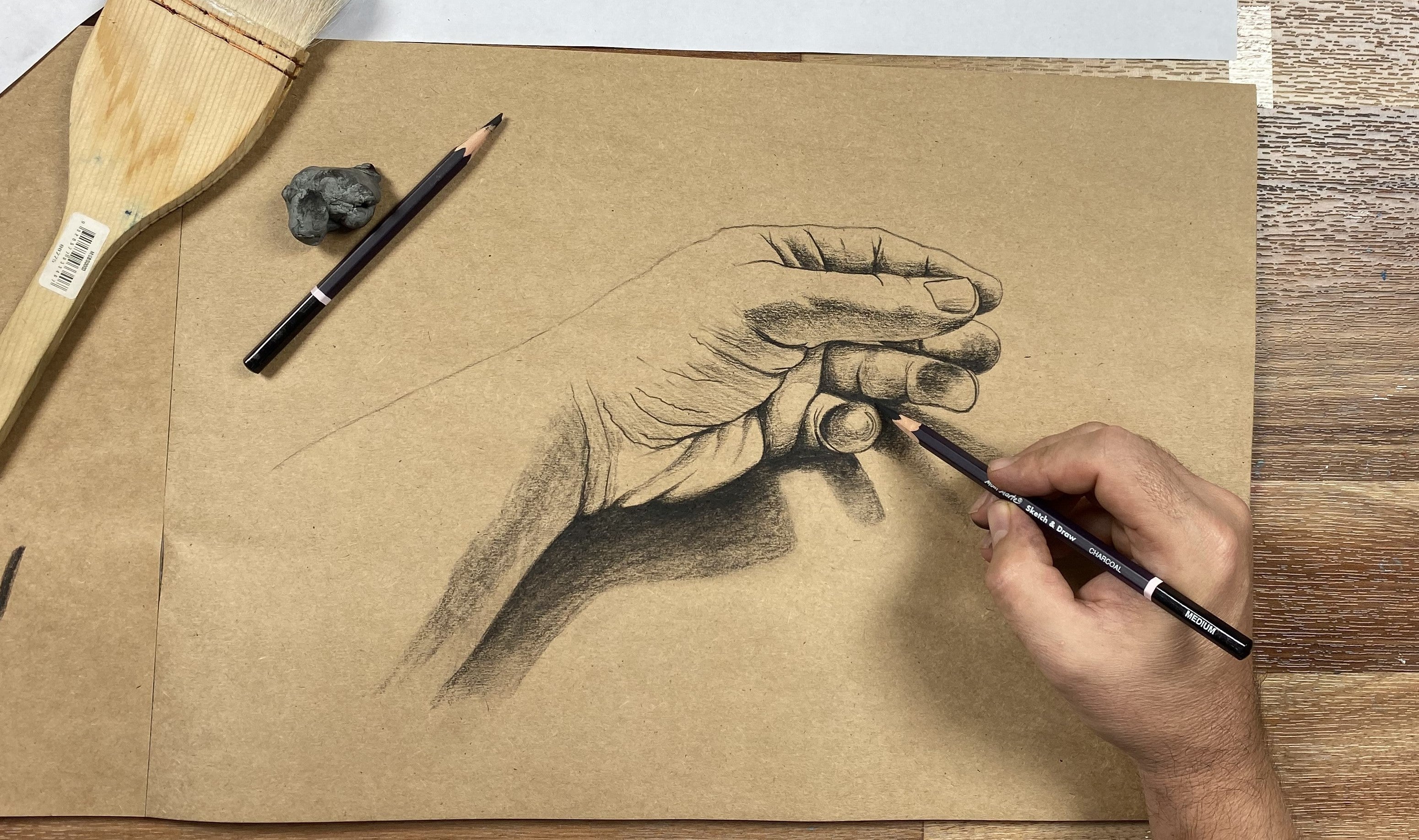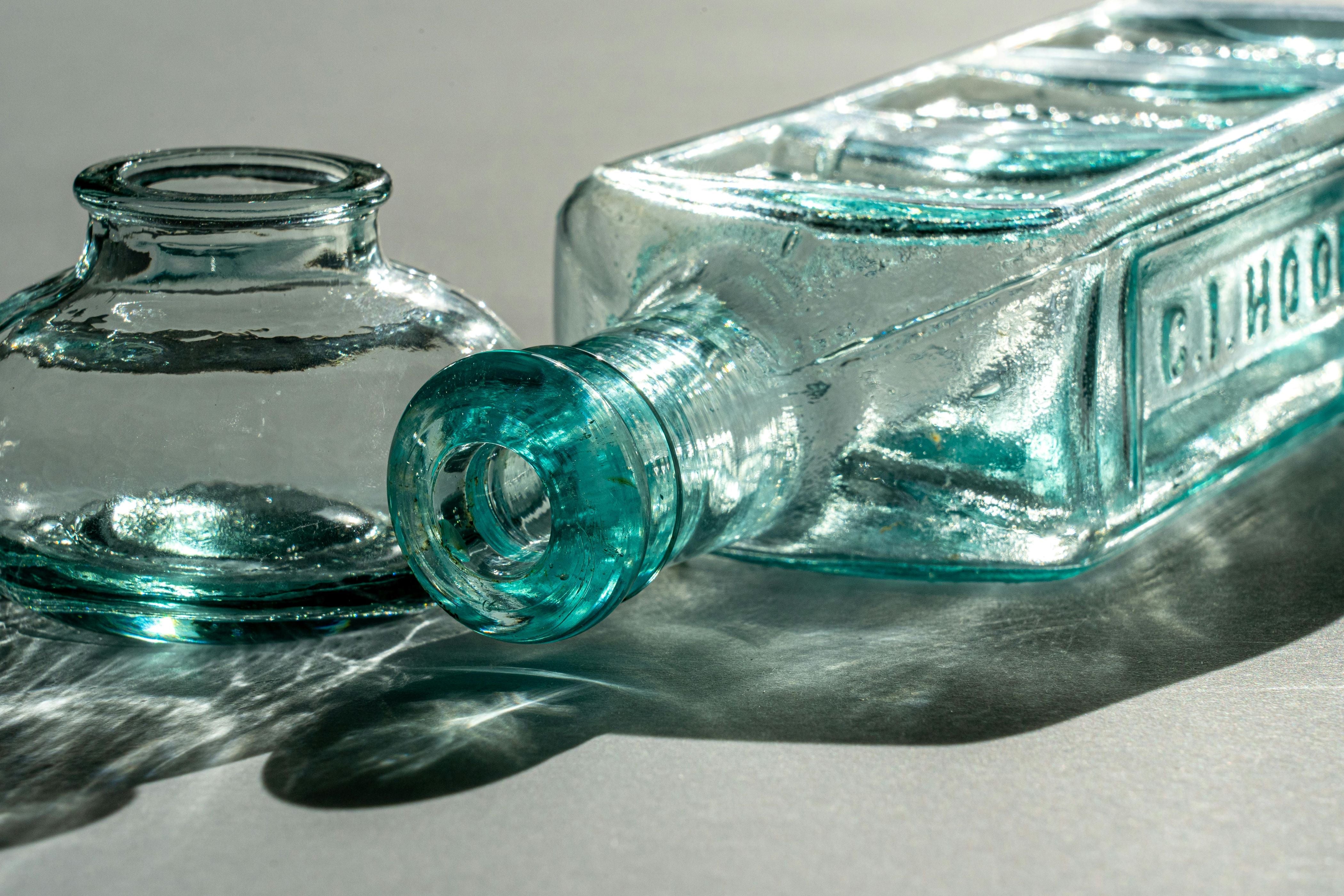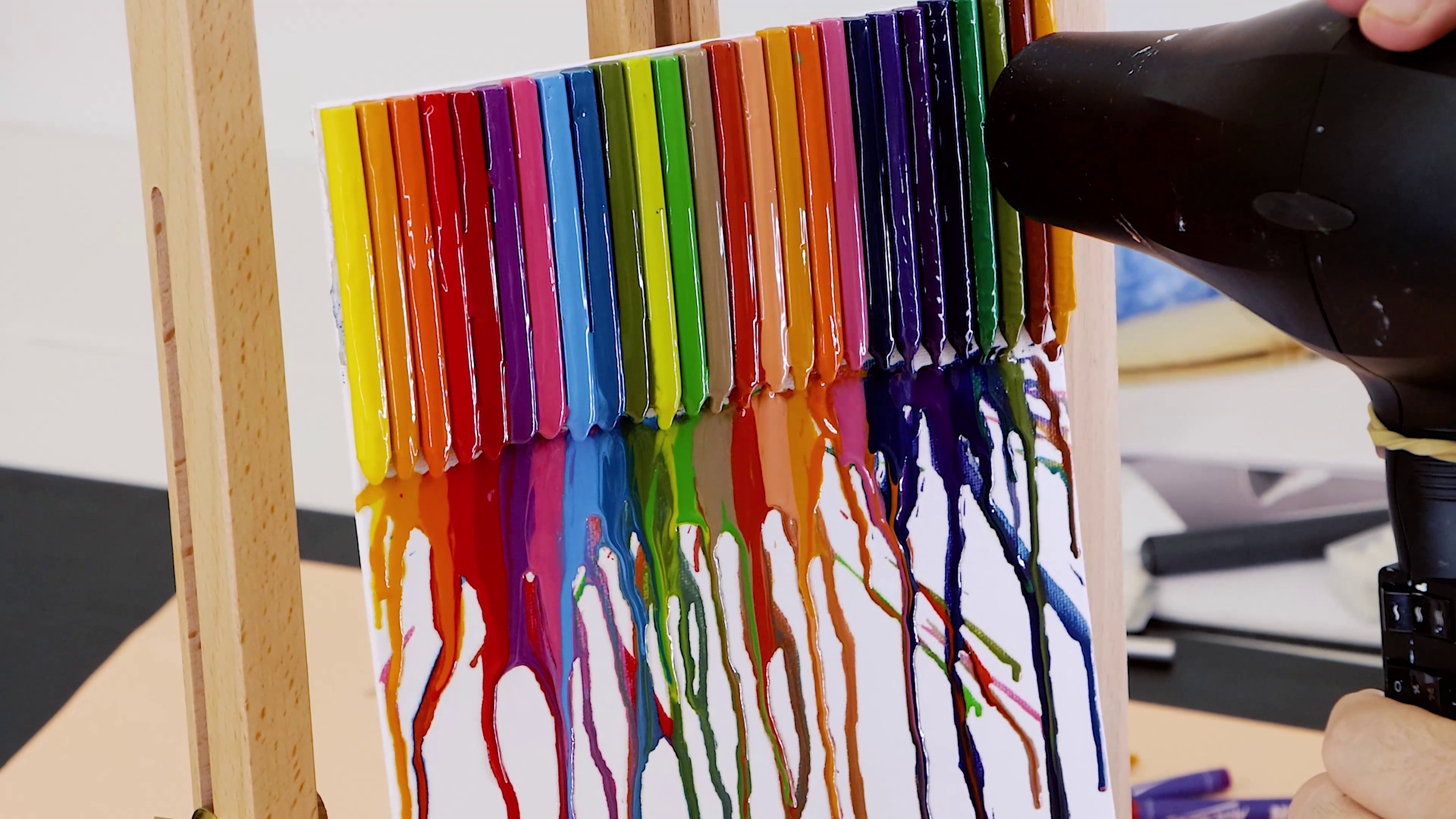Palette knives are often found by the dozen in artists’ studios and there’s a pretty good reason why. Use them on their own to create awesome abstract art, mix paint with them or add in details to your clay creations. We’ve rounded up 16 palette knife techniques ranging from painting to clay to show you what a palette knife is used for.
For Painting
Whether you use oils, acrylic or you dabble in a bit of both, here are some palette knife techniques for painting.
1. Applying colour
To get the hang of things, let’s start with how to paint with a palette knife. Squeeze out some paint onto your palette and scoop your palette knife into the paint. Then spread the paint onto the canvas, like you spread butter on bread. Move the knife back and forth, upwards and downwards. Try not to scrape the paint off, just spread it around the canvas to apply your colour.
2. Blending Colour
You don’t need a paint brush to create nice blends of colour, palette knives work well too. To blend two colours, place a colour onto the canvas, then pick up a small amount of colour using the flat side of the knife and move it back and forth in a wave motion to blend the colours together. Keep moving the knife from side to side until the colours are all blended.
3. Pressing
You can also blend colours together by pressing them together. Start with a colour spread onto your canvas, then scoop up a little bit of paint. Using the flat side of the knife, press the paint into the first colour then spread it outwards. This will help lighten or darken the tone of the first colour. The idea with pressing is to press the colour into the other, rather than sweeping the colour around to blend it.
4. Broken application
A broken colour application ‘skips’ on the canvas giving it a random colour effect. For this palette knife technique, the colour won’t be smooth or have an even application, making it great for backgrounds or for texture in landscapes. With a loaded palette knife, apply quick strokes pressing the knife down lightly on a slight angle, then scrap the knife to push the paint and create strokes. As you apply the paint in one direction and scrape the paint in the other, you’ll get an uneven, broken texture.
5. Linework
You can use a palette knife’s edge to your advantage here and create lines in your artwork. Using the edge, pick up the paint and apply the knife at right angle (this will stop the diamond-shaped edge of your palette knife getting in the way). Then press down and glide the knife across the canvas for a sharp, clean line.
6. Sgraffito
Italian for ‘to scratch’ Sgraffito is a simple way to add texture and interest to your paintings. Apply a thick layer of acrylic or oil paints, then using a palette knife, scrape away the paint. Try scoring lines in different directions, adding marks or creating shapes in the paint. The scratching will show the colour underneath and it’s a great way to add texture to landscapes. Just be careful not to scratch too hard or you might damage your canvas.
7. Double loading
If you’re wanting to create a graduated colour or an ombre effect, try double loading your palette knife. Squeeze out two small spots of colour onto a palette. Drag the palette knife across the two colours using the bottom of the knife, then pull it across the canvas. You can then blend the two colours out using a clean palette knife.
8. Petals
A popular technique is using the palette knife’s flat surface to create a petal shape. Load the knife with paint then press the knife onto the canvas to stamp the colour down. Lift the knife up and you’ll have a petal shape for flowers or landscapes. Experiment with facing the tip of the knife outwards for elongated petals like sunflowers or face the knife inwards and apply towards the centre for rounded petals like daisies. You can increase the colour transparency by layering more paint if needed. For a textured look, add modelling paste to your acrylic paints or look towards oil paints for a nice impasto texture.
9. Apply paint directly to the canvas
You don’t need a palette to mix your colours, you can use the knife to spread paint directly onto a canvas. Add a few small spots of paint to your canvas using the darkest colour first --to not muddy your colours, then spread the paint around. Add a mid-tone colour and keep blending the paint, working upwards and downwards. Then add in your highlight and keep blending until a gradient forms. It’s best to keep some paper towel in reach to clean your knife in between.
10. Scooping paint
If you’ve made a mistake, or you’re working with large amounts of colour and adding in layers, you’re probably looking at how to remove paint. Depending on the surface area, if you have a large surface grab a large palette knife and vice versa. While the paint is still wet, scoop the paint off using the edge of the knife. You might need to turn the palette knife around to get those hard-to-reach places. Then you can paint over it or apply another colour on top.
11. Directional lines
You can add harmony to your palette knife paintings by adding directional lines to your work. Lay a colour down onto your canvas, then using the edge of a clean palette knife, add directional lines, try waves, swirls, diagonals, vertical or horizontal lines. This will add direction to your painting and it’s a great technique to show waves in seascapes or for hair in portrait works. You can also use this technique in pour paintings! We’ve shown you how in this paint pour beach scene.
12. Mixing paint
Palette knives are great for mixing. Whether you’re mixing colours together for pour painting, adding in a medium to your paints or just looking to thicken or thin your paints, grab a palette knife, pour your paints into a cup or squeeze onto a palette with a medium and mix the two together. Or to mix paint directly, put two colours onto the canvas, then using a clean palette knife, spread the two colours together to blend. Keep spreading the paint around and pushing the paint colours together to blend, too easy!
13. Blocking in
Blocking in colour is a great technique for oil painting, it’ll give you a nice, choppy, abstract look that complements the richness and buttery consistency of oil paints. Plus, using one colour at a time will also help you focus on the technique at hand rather than worrying about blending. Using one colour at a time, add in the dark shadows then the lighter colours, adding in your object first, followed by the background. Swipe the paint as you work, gently spreading it around. Keep your palette knife clean as you work to avoid muddying colours.
For Clay
You certainly don’t need every clay tool under the sun to have fun with clay. Here are a few palette knife techniques to try using clay.
14. Cutting clay
You can also use a palette knife to cut polymer and air dry clay, especially if you have intricate pieces that you’re looking to cut clay with like in jewellery making. Simply use the edge of the palette knife to cut the clay. This technique is also great for removing excess clay for slab building with air dry clay.
15. Scoring
You can easily join two pieces of air dry clay together by scoring. Use a palette knife to gently slice the clay in one direction, then change direction and slice the other way (basically cross hatching). Join the pieces of clay together with your hands, then wipe the knife over the clay to remove join marks and to smooth.
16. Faux terrazzo
You can create a terrazzo effect using polymer clay, a palette knife, cling film and a rolling pin. For terrazzo, use a mix of earth tones and slice off square edges of coloured polymer clays using a palette knife. Think Umber, Black, Burnt Umber, Metallic Mauve and Crimson colours on white clay. Place cling film over the top, then roll over the clay with a rolling pin to flatten and keep the clay pieces together. If you’re looking for a project to try using this technique check out our DIY terrazzo homewares using polymer clay.
Ready to get going? Browse our range of palette knives here or check out how to clean and store palette knives.
We hope that you feel inspired to pick up the palette knives and try them for yourself. #montmarteart or tag us @montmarteart on Instagram or Facebook, we’d love to see what you create.


